Have you ever witnessed the execution of royalty in real life? I have, many times. In fact, I have had the honor of serving as the executioner quite a few times. Last weekend, I made sure to take pictures to show you how we do it in my secret corner of the world.
The royal victim isn’t a person. It’s one of the two maturing banana fruit bunches that I had selected for a quick harvest, before a possible strong storm came in. I consider the banana as the king of tropical fruits, thus the reference to royalty.
I should clarify that after a banana “tree” (the trunk is not woody, it’s actually an overgrown soft-plant stalk) bears a single bunch of fruits, it starts to dry up and die. After the maturing bunch is harvested, what a farmer does is to cut down the useless trunk, and thus give way for small adjacent suckers to grow into a new banana “tree.”
Thus, the axiom “The king is dead, long live the king” applies to banana trees as well.
Image 1. The executioner sharpens the death weapon — a peasant’s
scythe — on a whetstone.
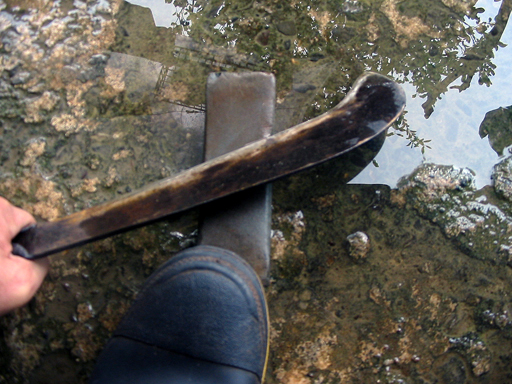
Image 2. The death scythe is not sharp enough for a human neck, but it will do for a banana neck. Note the mean-looking executioner’s boots.
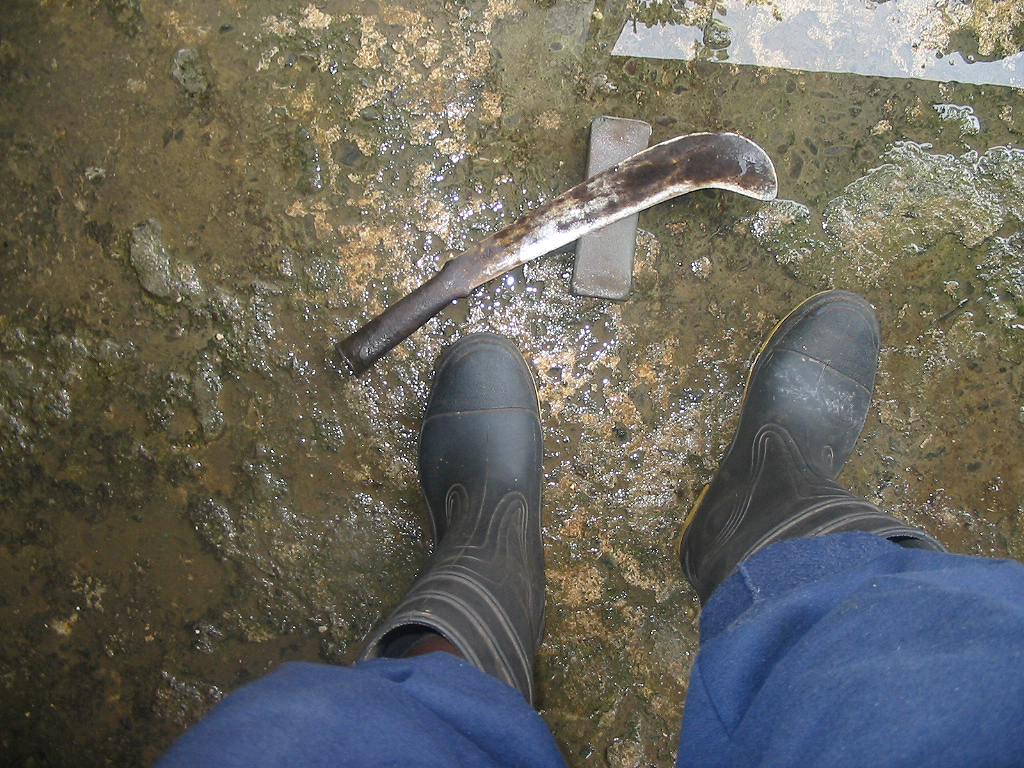
Image 3. The executioner starts his trek to the execution site. It is a foggy morning. The bamboo shoots sway in a mournful way.
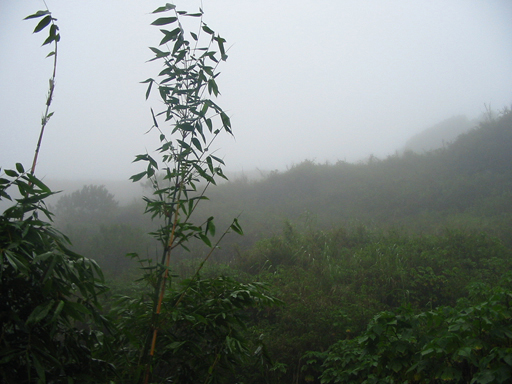
Image 4. The executioner reaches the banana grove. The doomed banana bunch is selected. The fog starts to lift.

Image 5. Allowing himself a touch of poetry, the executioner lets his death scythe — now fixed onto a sturdy wooden pole — caress the doomed banana torso one last time. The metal glint is in sharp contrast with the soft gentle green of mature sheaths and a nearby young shoot.

Image 6. The executioner climbs the ladder and positions the death blade firmly on the slightly-yielding banana fruit stalk. The leaves tremble in fearful anticipation. He focuses his aim, raises the blade a meter away… and strikes a single, quick sharp blow.
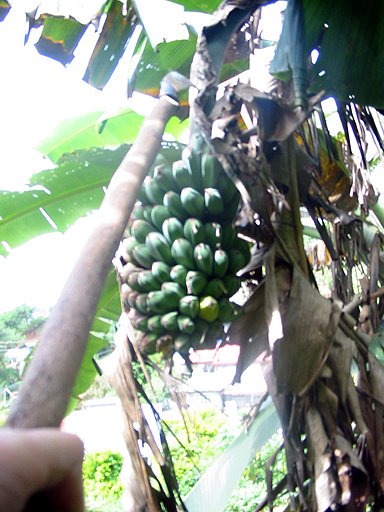
Image 7. It’s all over in a second. The banana bunch falls with a faint whimper to a soft pile of dried banana leaves, placed on the ground to avoid scratching the gentle fruit skin. Note the bloodied scythe. Banana sap bleeds off as a colorless liquid that soon turns sticky and tar-gray.
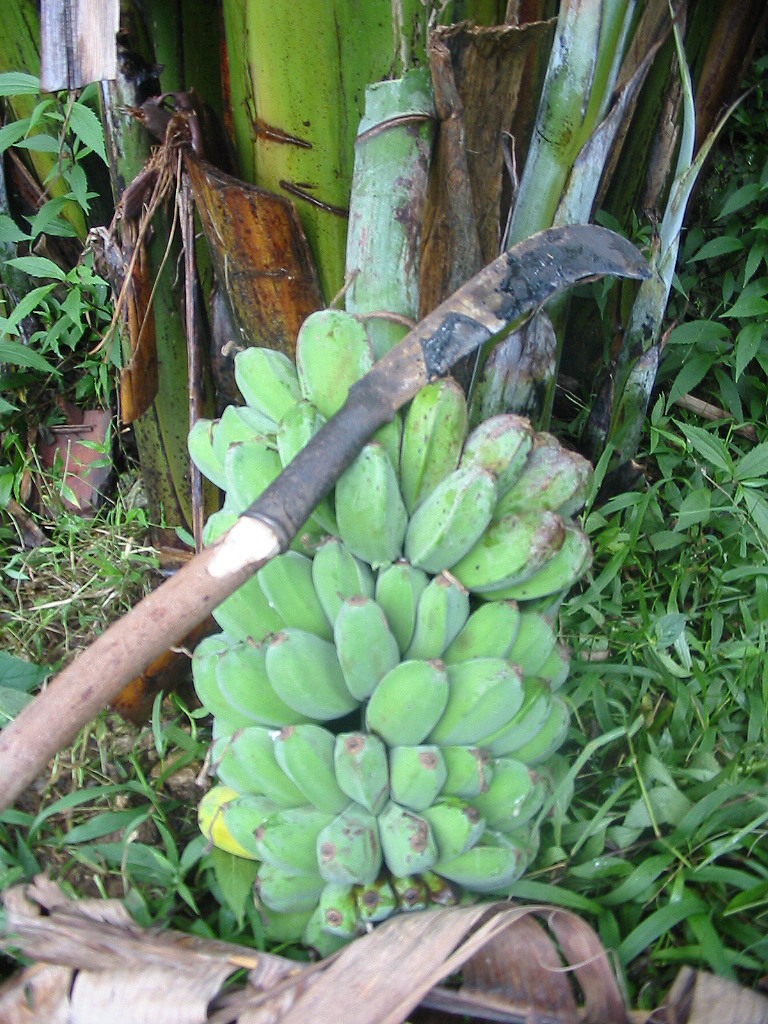
Image 8. The executioner proudly displays his trophy, leaning against an ancient mossy stonewall. Note the sticky sap on his hands. Banana executioner brays a terrible triumphant laughter that echoes across the silent foggy slopes.
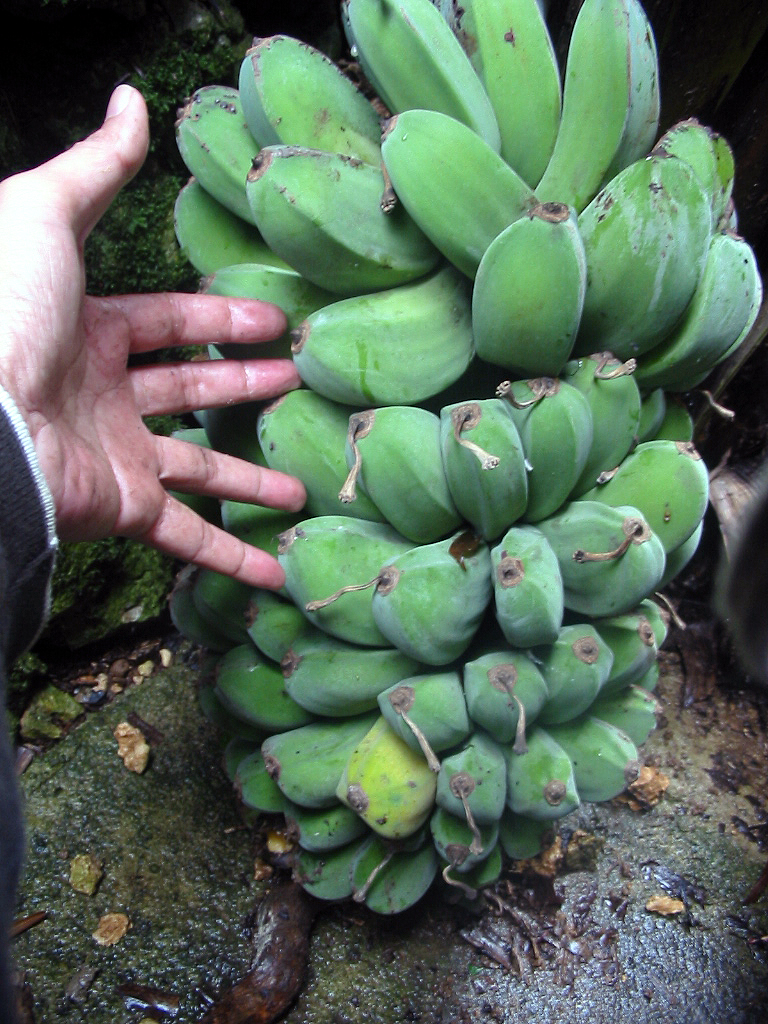
Image 9. The executioner practices his craft with fastidious care and attention to detail. He uses a hand-broom made from mountain reeds to clean off the dirt from each “hand” on the bunch, then gets an exact weight. The scale shows exactly 14 kilos. It’s a good harvest, a clean cut with no mess.
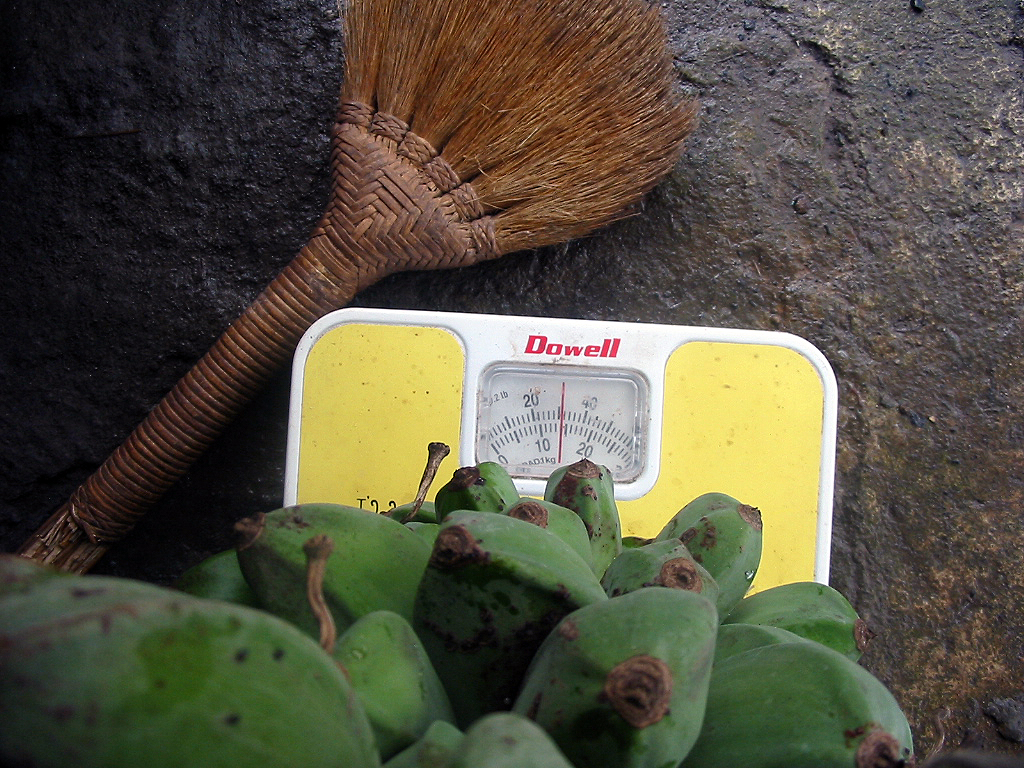
Image 10. The executioner is a bit of an artist. He carries the banana into a small bodega, places it on a cleaning tray, which in turn is placed on a clean quilted rag on the cement floor. The precise surgical butchering begins. He works quickly while there is still enough light.
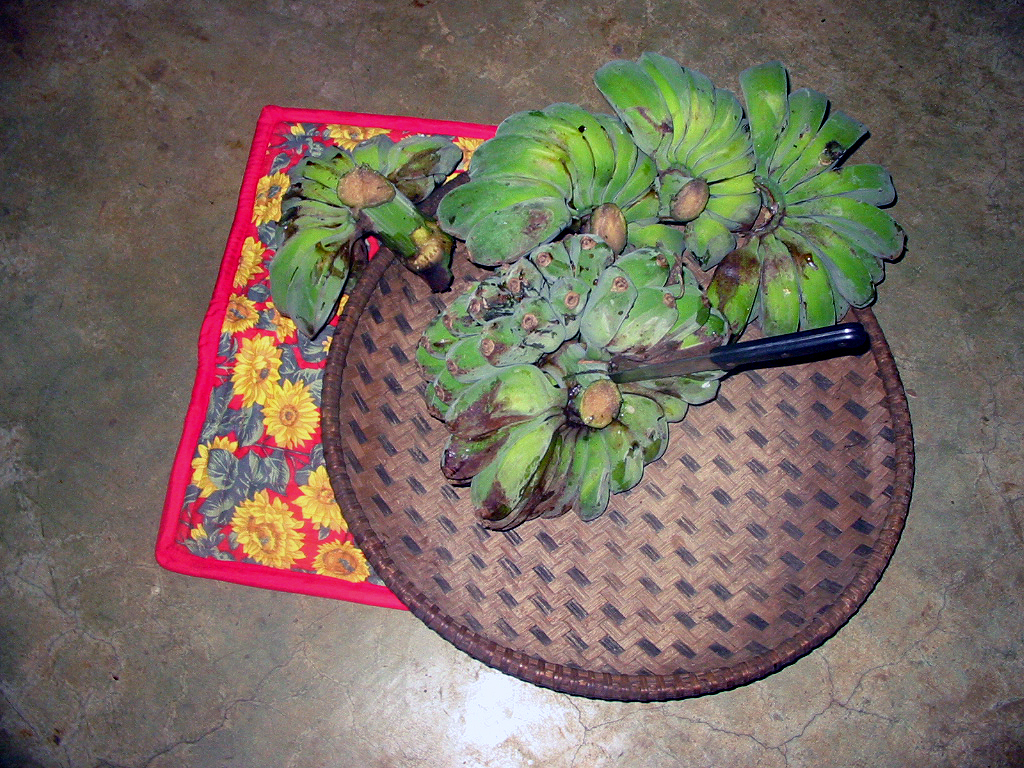
Image 11. One last final view. The butchering is complete. The banana “hands” will be placed in a rice storage bin, and expected to ripen within a week’s time. Dwarf bamboo branches are there only for decoration, to celebrate the completed cycle of life.
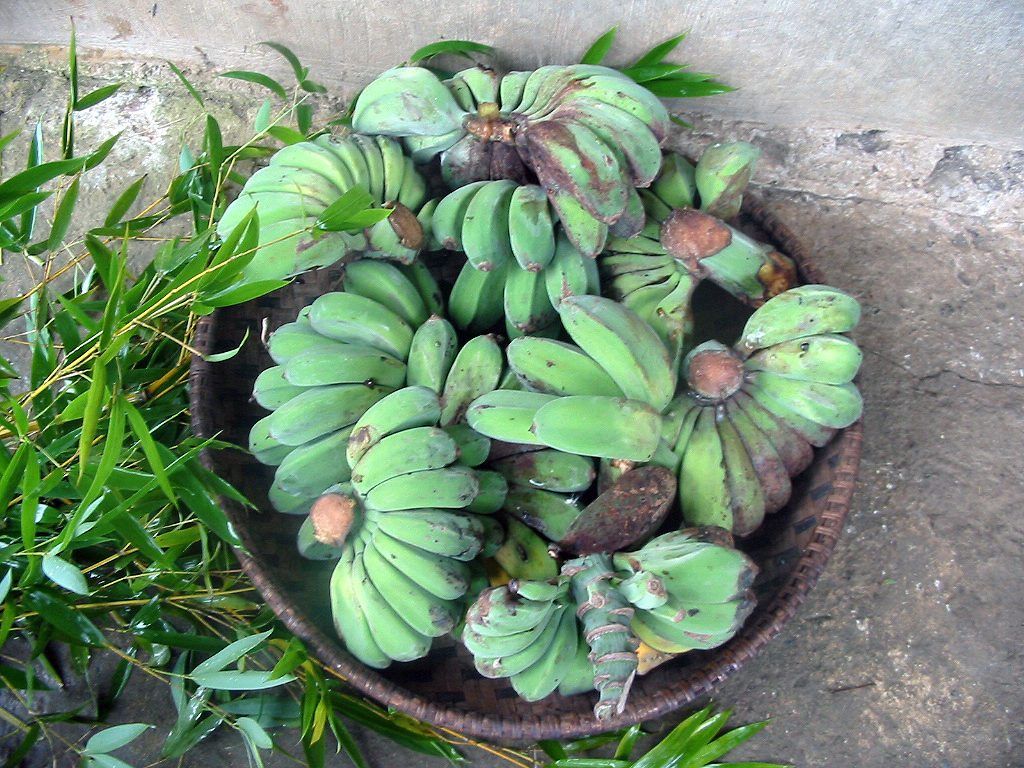
The banana is dead. Long live the banana!
Author’s note: This was written and posted on an anonymous blog site on 11 August 2007, where it garnered quite a number of nice comments. Reposted here with minimal edits.

